
pookie
gamer level 10
119087 xp
119087 xp
followers
133
133
Use my invite URL to register (this will give me kudos)
https://boardgaming.com/register/?invited_by=pookie
profile badges




recent achievements

Chief Inspector
Follow a total of 40 games
Follow a total of 40 games

Explorer - Level 6
Earn Explorer XP to level up by completing Explorer Quests!
Earn Explorer XP to level up by completing Explorer Quests!

Gamer - Level 10
Earn Gamer XP to level up!
Earn Gamer XP to level up!

Watcher
Follow a total of 20 other gamers.
Follow a total of 20 other gamers.
Player Stats
Critic (lvl 4)
3055 xp
3055 xp
Explorer (lvl 6)
6857 xp
6857 xp
Professor (lvl 3)
995 xp
995 xp
Reporter (lvl 3)
790 xp
790 xp
About Me
I am a player and reviewer of board games, card games, and roleplaying games. I am a roleplayer first, but boardgames are a pleasing alternative.

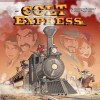





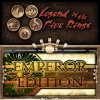
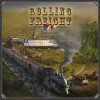








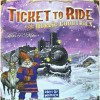

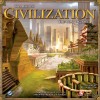



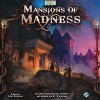
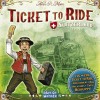











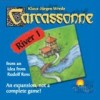








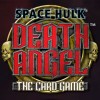


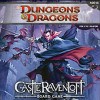






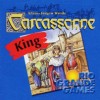


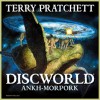


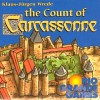










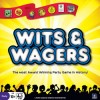





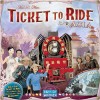
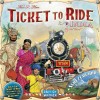







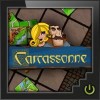
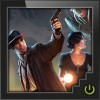











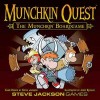


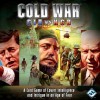



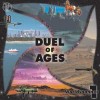
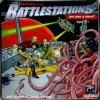



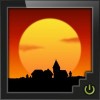







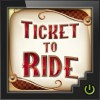





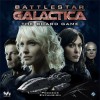







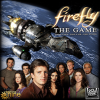
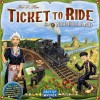













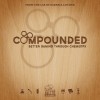








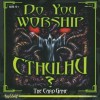







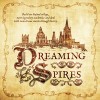







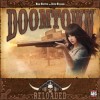


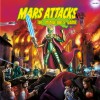












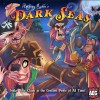



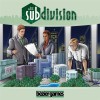





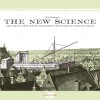

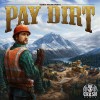




























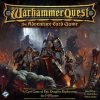








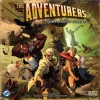



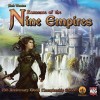
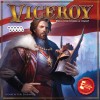








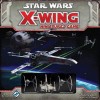

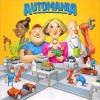

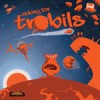

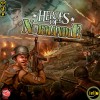

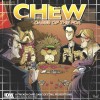


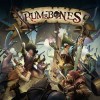
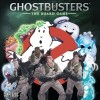

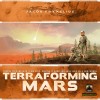






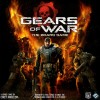

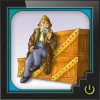




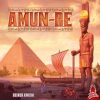




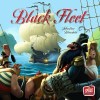


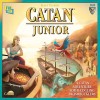

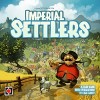

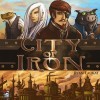
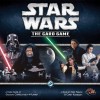
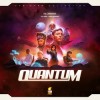


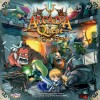





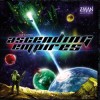




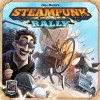

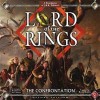

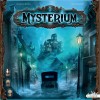
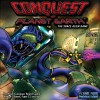



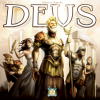

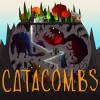


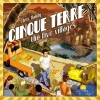


![Go to the Level 7 [escape] page Go to the Level 7 [escape] page](https://boardgaming.com/wp-content/uploads/2012/08/Level-7-escape-100x100.jpg)



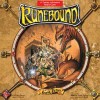

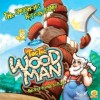





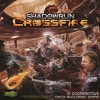
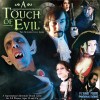




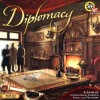




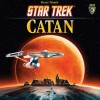


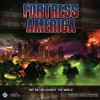


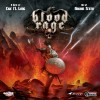


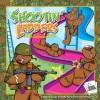


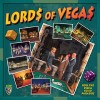








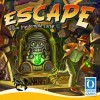











Codenames
Codenames is the Spiel des Jahres—or ‘Game of the Year—award winner for 2016 and that is probably enough of a recommendation to try it and add it to your games collection. Published by Czech Games Edition, it is an espionage-themed word game that works as a party game and which can be played by between two and eight players. The players are split into two teams and one person on each team takes the role of their team’s ‘Spymaster’. His mission is to communicate the code names of his spies to his fellow team members; it is their task to understand the clues given by the spymaster and identity the spies. It is designed to be played by players aged fourteen and over and a game should last no more than twenty minutes.
Codenames consists of several decks of cards. These are the Codename cards (double-sided with a word like tube, bugle, Jupiter, palm, and so on); sixteen Agent cards in two colours (red and blue, used to identity Codenames by each side); a red/blue Double-Agent card (used to indicate the starting team); seven Innocent Bystander cards (used to indicate non-Agents); one Assassin card (used to indicate the Assassin who lose a team the game if they identify him); forty Key cards (these determine the location of the Agents, Innocent Bystanders, and Assassin on the grid); plus a rulebook and timer.
To set up the game, twenty-five Codenames are randomly drawn and arranged in a five-by-five grid. A Key card is drawn and shared between the two Spymasters. It shows them where their Agents, Innocent Bystanders, and Assassin are on the grid. On a team’s turn, its Spymaster gives a clue to the rest of his turn. This clue consists of one word and one number. The word must be associated with—but not the same as—one or more of the Codename cards in the grid. The number indicates the number of Codename cards that the clue is associated with. So for example, a Spymaster has the following Codenames that need identifying: ‘America’, ‘Cap’, ‘Disease’, ‘Ham’, ‘Horn’, ‘Mail’, ‘Spring’, and ‘Whip’. So the Spymaster decides to give the clue ‘Supersoldier Two’ to indicate ‘America’ and ‘Cap’, hoping that his team knows its superheroes (or movies).
The team now tries to guess the Codenames from this clue. If the team picks an Innocent Bystander instead of a Codename, its turn ends. If the team picks a Codename belonging to the other team, its turn ends. If the team picks the Assassin instead of a Codename, it has lost and the game is over. A team must make one guess on its turn and can choose to make fewer guesses than the number given by its Spymaster. A team that correctly guesses Codenames equal to the number given by its Spymaster can take an extra guess. This is useful if a team wants to return to a clue given in previous turn.
The first team to identify all of its Codenames wins the game.
At the heart of Codenames are two asymmetrical challenges. For the Spymaster, the challenge is, “Can I give clues to my team members that they will understand?”, whilst for the team members the challenge is, “Can we interpret and understand our Spaymaster’s clues?”. This requires no little thought by both sides, hampered of course, by the timer.
On the downside, the game’s theme is a bit too light and if you do not like word games, then Codenames is not something that you will necessarily enjoy. If you do like word games, crossword puzzles, and so on, then Codenames’ simple design is both a delight and challenge. The game is also simple enough to work as a party game, but still be challenging without being overwhelming in its mechanics or appearance. The fact that it is a word game means that it is approachable and accessible to a non-gaming audience, a la Scrabble (yet better). Of course, it also works as a good filler game. The high number of Codename cards and Key cards (the latter for determining Codename location on the grid) means a wide variety of Codenames and grid layouts and thus a high replay value.
My gaming group described Codenames as being ‘Word Battleships’. The fact that there is a hidden grid involved and the game involves finding things on said grid and it easy to see the comparison. That said, Codenames is a light and clever game that will challenge groups large and small again and again.